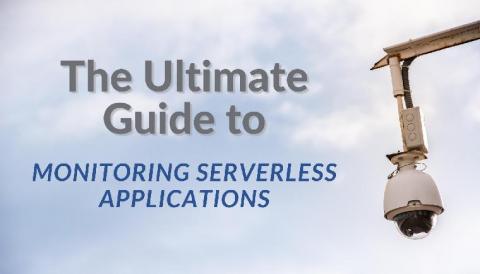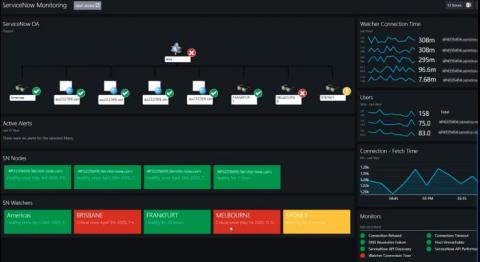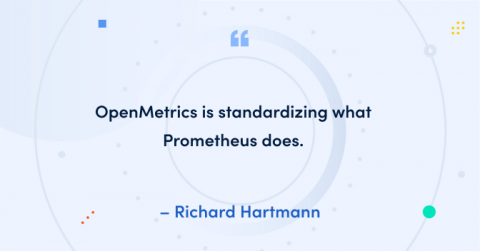Operations | Monitoring | ITSM | DevOps | Cloud
Monitoring
The latest News and Information on Monitoring for Websites, Applications, APIs, Infrastructure, and other technologies.
Beyond software agents: get to know Ansible
Software Agents are very small programs that we install in each operating system so that it returns metrics to our Pandora FMS Data Server… What does this have to do with Ansible? Let’s see.
Monitoring Java applications with Elastic: Getting started with the Elastic APM Java Agent
The goal of Java application monitoring is to minimize the time it takes to discover a problem with a Java application (mean time to detect, or MTTD) and the time it takes to recover from it (mean time to resolve, or MTTR). Understanding what's going on in our code is the biggest step in finding and eliminating the root cause of a problem, and let's face it — that code that seemed clear and concise when we wrote it a year ago might not be as "self documenting" as we thought.
The Ultimate Guide to Monitoring Serverless Applications
Serverless applications, more often than not, have logic distributed over multiple functions and services, which with growth and agents and wrappers attached, can get more complex and costly. This is where Serverless monitoring comes in to help. But what is Serverless monitoring? Serverless monitoring allows developers to gain important insight on what happens during each execution and event, errors become more easily visible and measuring resource consumption for each invocation is possible.
Why SEO Experts Should Use these 10 SEO Tools in 2020
From a tech enthusiast to a modern entrepreneur, everyone is using Search Engine Optimization or SEO to generate online traffic. Such is the importance of SEO today that the entire industry today is worth $65 billion. People often find it confusing to implement strategies for search engine optimization, but there are a few tools that are making the process easy for digital marketers and SEO experts. Are you looking for the best SEO tools for your brand?
How Enterprise Alert solves typical problems in network monitoring
A new article in the September issue of LANLine (“Automation creates productivity”) summarizes typical challenges and problems in network monitoring very well and is really worth reading. I would like to briefly discuss some of the issues raised and how our product Enterprise Alert® was developed to solve them. Of course, it is important that especially critical alarms are processed promptly. Even small problems can quickly lead to major failures.
Requirements for Branch Office Network Monitoring
For the past 15 years, there's been a shift in how people work, where they work from and how they connect to "work". Employees are no longer tethered to headquarters, their offices or tied to slower complicated VPN services. Additionally, the way people work and where they work from has changed. Along with flexible work hours, employees want workplace flexibility. And with such a competitive job market, employers have to deliver! Flexible work environments offer tremendous benefits such as improved productivity and morale, reduced stress levels and better work-life balance which builds trust and commitment.
APM isn't just for Ops: Shifting Left and supercharging your developers
When we were rethinking what an Application Performance Monitoring product could be, we did what we always did. We thought of developers, and the ultimate users that they serve. It's no surprise then that two years back, we built an all-new take on APM from scratch. One that armed developers with the level of insights that they need to deliver great software. Fortunately, we seemed to be onto something here. The relics of the past are now starting to talk about "shifting left," meaning "moving to the left on the SDLC," meaning "empower the developers to get in earlier in the delivery to ensure a great outcome."
Customer Story: How Arup solved their IT infrastructure challenges with our ServiceNow Monitoring MP
Arup are a global architectural engineering company, behind ground-breaking structures such as: Sydney Opera House, Changi Airport Singapore, Hong Kong Zhuhai-Macau Bridge, and many more. Behind these amazing projects sits a large IT infrastructure, spanning 44 countries, across 3 key regions Americas, UKIMEA & APAC.
KubeCon + CloudNativeCon EU recap: What you need to know about OpenMetrics
Before Prometheus, the closest thing to a common standard for metrics was Simple Network Management Protocol (SNMP), the internet standard protocol for collecting and organizing information and monitoring networks. Front and center in SNMP is ASN1, which lacks modern design and comes with trade-offs that made sense in the past but not so much today. Aside from that, many of the existing protocols were chatty and slow as well as proprietary, very hard to implement, or both.











